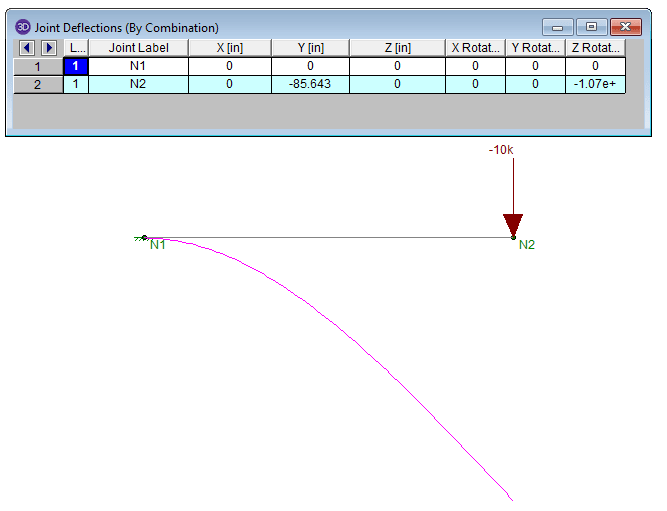I know RISA-3D can take P-Delta into account, but it doesn't seem to take other large deformation effects into account. Or maybe I just don't know how.
For instance, if you fix a cantilever beam to one node and load the opposite such that there is a lot of deflection, the second node has no lateral displacement. This is obviously not correct. Is there a way to get RISA to account for this?
I know that these scenarios are rare in structural engineering practice, but I want to have a good handle on everything it does and doesn't take into account.

For instance, if you fix a cantilever beam to one node and load the opposite such that there is a lot of deflection, the second node has no lateral displacement. This is obviously not correct. Is there a way to get RISA to account for this?
I know that these scenarios are rare in structural engineering practice, but I want to have a good handle on everything it does and doesn't take into account.

